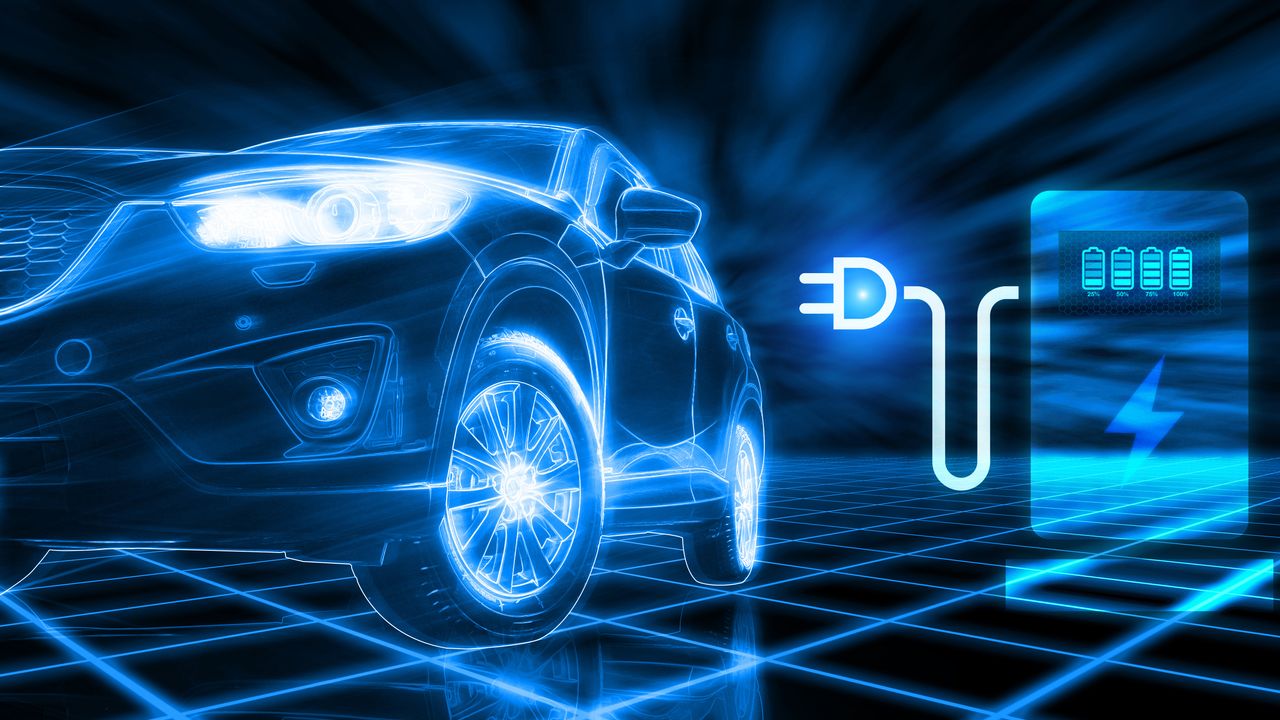Electric Vehicle Adoption Rates and Trends
The growth of electric vehicles (EVs) has been remarkable in recent years. As concerns about climate change and air pollution continue to rise, more and more people are turning to EVs as a cleaner and more sustainable mode of transportation. The adoption rates of EVs have been steadily increasing, and this trend is expected to continue in the coming years.
Charging Accessibility
One of the key factors driving the growth of EVs is the increasing accessibility of charging infrastructure. As governments and private companies invest in building more charging stations, the range anxiety associated with EVs is diminishing. With a growing network of charging stations, EV owners can feel confident that they will have access to charging facilities wherever they go.
In addition to public charging stations, home charging solutions are becoming more popular. Many EV owners choose to install charging stations at their residences, allowing them to conveniently charge their vehicles overnight. This accessibility to charging options is a significant driver for EV adoption, as it eliminates the need to rely solely on gasoline stations.
EV Demand
The demand for EVs is also on the rise due to several factors. Firstly, advancements in battery technology have significantly improved the range and performance of EVs. As battery costs continue to decline, EVs are becoming more affordable, making them an attractive option for a wider range of consumers.
Furthermore, governments around the world are implementing policies and incentives to promote the adoption of EVs. These measures include tax credits, rebates, and exemptions from congestion charges. Such incentives not only make EVs more financially appealing but also help to reduce the overall cost of ownership.
Another driving force behind the increasing demand for EVs is the growing awareness of environmental issues. As people become more conscious of their carbon footprint, they are seeking greener alternatives to traditional gasoline-powered vehicles. EVs offer a sustainable solution, as they produce zero tailpipe emissions and contribute to reducing greenhouse gas emissions.
Future Outlook
The future of EVs looks promising. With the continuous growth of EV adoption rates and the increasing accessibility of charging infrastructure, EVs are set to become a mainstream mode of transportation. As more automakers introduce new electric models and expand their EV offerings, consumers will have a wider range of options to choose from.
Furthermore, the development of fast-charging technology is expected to revolutionize the EV market. Fast-charging stations can charge an EV battery to 80% capacity in just a matter of minutes, significantly reducing charging time. This advancement will address one of the main concerns associated with EVs and further enhance their appeal.
In conclusion, the growth of EVs, driven by factors such as charging accessibility, increasing demand, and environmental consciousness, is transforming the automotive industry. As EV adoption rates continue to rise and governments and companies invest in charging infrastructure, the future of transportation is undoubtedly electric.
